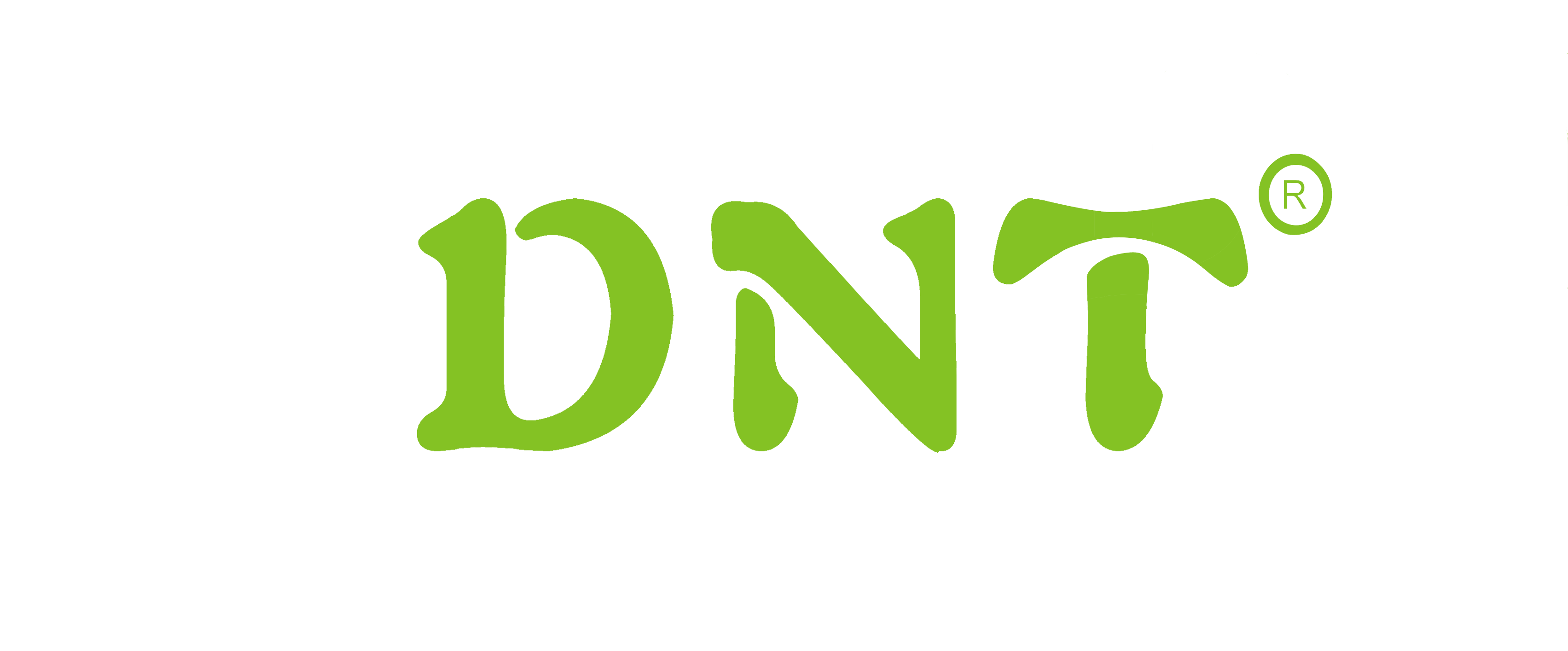Commentary: OEMs in China ready to increase outputs in Q4 for higher completion rate
According to data from the CAAM, the production and sales of domestic passenger cars in August reached 1.693 million and 1.653 million, respectively, a YoY decline of 0.7% and 7.7%. The relative increase in monthly production has reduced gap between cumulative production volumes and wholesale volumes from 152k units in the previous seven months to 112k units, which has also led to a rapid decline in YTD production change rate from 15.3% for the previous seven months to 13.8%.
In terms of new energy passenger vehicles, wholesale in August reached 80k units, down 11.4% year on year, while up 19.4% month on month. The YoY decline for two consecutive months was mainly due to the obvious phase-out in subsidies this year. It is worth noting that the wholesales of the PHEV models in July and August were significantly down by 20.6% and 40.5% respectively. Unlike pure electric vehicles with diversified sales channels, plug-in hybrids mainly rely on private consumption, and the sharp decline also confirms the current weakness of private car consumption.
Car markers will "conditionally" improve outputs to stabilize the market in Q4
As previously expected, from the end of 2018 to June 2019, the two waves of “promotional destocking” overdrafted the demand of auto consumption of near future again, and also allow OEMs to increase outputs in the short-term, which, however, would depend on many factors like the market demands, inventories, operation of dealership, etc.
Given the current situation, many OEMs are increasing short-term production and wholesale. The reason behind this behavior is not only to improve the completion rate of annual sales target, but also to passively help component and raw material suppliers relieve business pressure. The automotive industry, as a pillar of Chinese manufacturing industry, has already had a huge impact on both manufacturing and consumption, causing decline in sales and profit margins for both upstream and downstream of entire industry.
Gasgoo expects outputs of domestic passenger vehicles to reach around 8.3 mn. units in the next four months, better than the 8.25 mn. units in the same period last year. At present, we have not raised this expectation to 8.5 mn. units, for the main reason that the demand will be too weak to support this kind of “unilateral” behavior, and it will have a negative impact on the outputs in 2020 Q1 and even in 2020 Q2. From the TCI data from CIRC in August, the insurance registration has declined more than 15% YoY, reflecting that the demand doesn’t seem to improve. Therefore, it is still necessary to properly control the market expectations.
Policies are changing the way
Because the issued policies don’t work to end the 14-month-decline, people treated effects of policies more rationally, and do not hope that the negative effects caused by policies like “purchase tax incentives for small-displacement-engine-powered vehicles” happened again. We believe that the current policies are not only unswervingly implementing upgrade of the industry, but are inspiring the direction of improving supply and demand in the future, such as encouraging exports, relaxing automobile consumption restrictions, and increasing quotas, so as to stabilize new car sales as much as possible in future.
Apart from the overdrawn demand, the factors that restrain the rapid recovery of the new car market have uncertainties in the short-term economic situation and international relationship. Although this factor does not directly affect car sales, it will affect consumer confidence. According to the recent data of CPI and PPI, the probability of deflation is still large, and subsequent policies are more likely to regulate in macroeconomic aspects such as interest rates. In addition, the international crude oil price is likely to increase in coming months due to attack on facilities of Saudi Aramco, which will have a certain impact on the poor consumer confidence.
Negative growth likely to stop in 2020
At present, Gasgoo is prudent to expect domestic PV market in next year. The neutral prediction is to drop slightly (-1%), and the optimistic one is to maintain the same volume. It is estimated that the PV market may enter into the phase of continuous improvement during the coming 2-3 years, but in 2023, the fragile market is likely to go down again due to the implementation of RDE (Real Driving Emissions)



